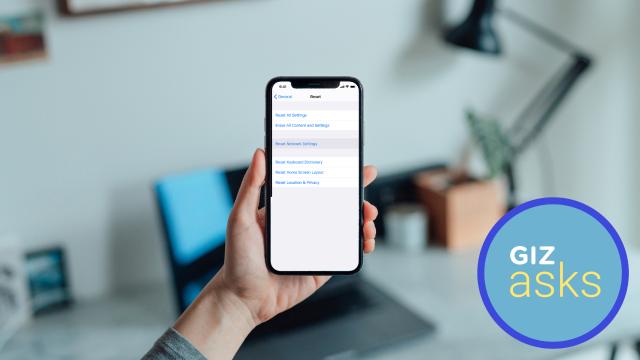A recently discovered iOS bug can straight-up disable your iPhone’s ability to connect to a Wi-Fi network, and not even a reboot will resolve it.
As first reported by reverse engineer Carl Schou, the issue appears when trying to connect to a Wi-Fi network named ‘%p%s%s%s%s%n’. Schou was running an iPhone XS using iOS 14.4.2 at the time of the experiment.
After joining my personal WiFi with the SSID “%p%s%s%s%s%n”, my iPhone permanently disabled it’s WiFi functionality. Neither rebooting nor changing SSID fixes it :~) pic.twitter.com/2eue90JFu3
— Carl Schou (@vm_call) June 18, 2021
After connecting to the network, the device’s entire Wi-Fi capability is disabled and even after changing the network name and restarting the device, Schou was unable to resolve the issue.
[related_content first=”1703824″]
So, if changing the Wi-Fi name or rebooting the device doesn’t fix it, how the heck do you solve this issue?
Well, as luck would have it, it’s actually a pretty simple fix.
How To Fix iOS Wi-Fi Connectivity Bug
Obviously, you shouldn’t test this out for yourself because in theory, this bug could pose some serious security risks and compromise the data on your device. However, if you’ve already done it, at least you can rest assured that the fix is easy.
- Open Settings on your iPhone/iPad
- Select General.
- Select Reset.
- Select Reset Network Settings. Be careful not to accidentally factory reset your device or you’ll have a much bigger issue on your hands.
- Confirm the reset.
- Your device will now reset and you should be free to connect to Wi-Fi as normal once your device turns back on.
Does The Bug Also Impact Android Devices?
Thankfully, it appears this bug is specific to the iOS system and could not be replicated on Android.
Experts believe the simple inclusion of the percentage character could be enough to confuse the iOS system and cause the error. The same error doesn’t seem to be present in the Android system.
“Although iOS is extremely intelligent, the ‘%’ character can trip up an operating system by confusing it into thinking it’s an alter ego from another language,” Jake Moore, cybersecurity specialist at ESET, told Forbes.
“Luckily, this bug isn’t permanent but with a devilish mind, malicious actors could exploit those who click on it and take advantage of their situation.”
